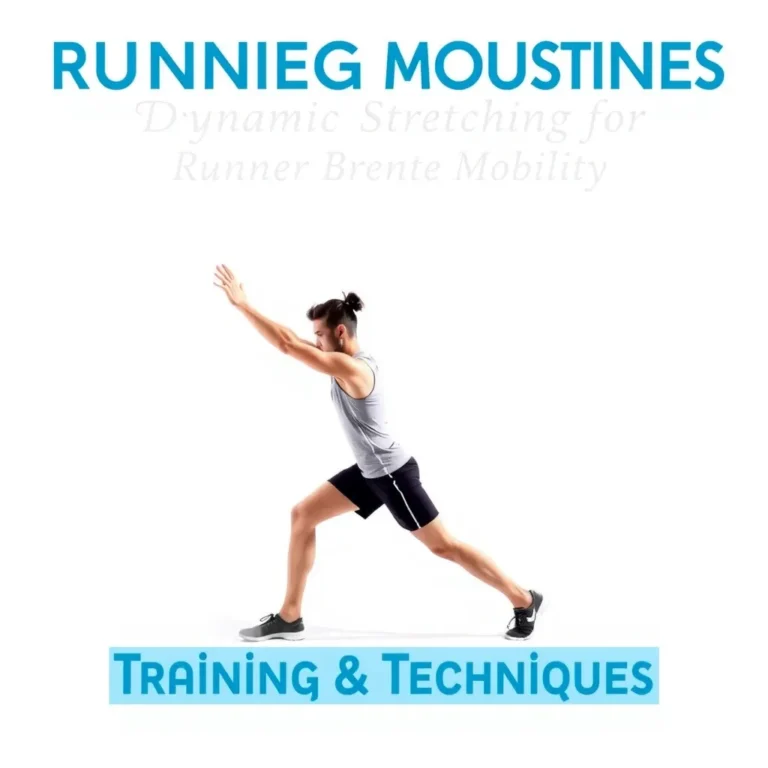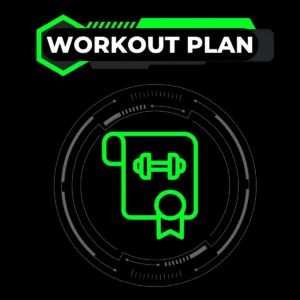Why Dynamic Stretching Beats Static for Runners
Let me put it straight: static stretching before running is like drinking espresso right before bed—it might feel okay, but it’s not doing you favors. As Coach Jay Johnson says, “Your warm-up should fire up your nervous system, not put it to sleep.” Dynamic movements—think leg swings or walking lunges—mimic running itself. They’re like dress rehearsals for your muscles before the main performance.
Here’s the science behind it: A 2019 study showed runners who did dynamic warm-ups slashed injury rates by 35% compared to static stretchers. Why? Cold muscles don’t like being held hostage in stretched positions—it temporarily zaps their power. Dynamic stretches? They’re the Goldilocks zone: just enough movement to boost blood flow without fatiguing you.
| Dynamic Stretching | Static Stretching |
|---|---|
| Your pre-run ignition key – prepares muscles for action | Perfect cool-down tool – great for long-term flexibility |
| Teaches your body proper running mechanics | Best saved for after your shower when muscles are warm |
| Reduces that “rusty gate” feeling in hips pre-run | Helps unwind knots from yesterday’s hill repeats |
Still doing toe touches before tempo runs? Let’s upgrade your game. Peep our exercise library – we’ve got video demos that’ll make your warm-up the best part of your run.
Essential Dynamic Stretches for Lower Body Mobility
Your legs are your wheels – let’s oil ’em up. These three moves are my non-negotiables for runners:
Leg Swings: The Hip Opener
Grab a wall for support and swing one leg forward/back like a pendulum (15 reps/side). Physical therapist Kelly Starrett calls this “brushing off the cobwebs” in your hips. Focus on smooth arcs – we’re waking up muscles, not testing your kicking height.
Walking Lunges With Twist
Take a lunge step, then rotate your torso toward your front leg. Trail runners, this one’s your jam – it preps those stabilizer muscles for uneven terrain. Bonus: Helps you avoid that “Tin Man” torso rotation mid-run.
High Knees to Butt Kicks
20 seconds high knees ➔ 20 seconds butt kicks. It’s like a coffee shot for your leg muscles. Pro tip: Land softly during butt kicks – imagine stepping on hot coals. This drill teaches quick ground contact time, crucial for speedwork.
Do this trio 3-4 times weekly. Want personalized tweaks? Our online coaches live for optimizing runner mobility.
Pre-Run vs Post-Run Stretching Routines
Timing your stretches is like fueling during a marathon – nail it, and everything clicks.
Pre-Run: Prime the Pump
8-10 minutes of dynamic moves: lateral shuffles, skips, inchworms. Think of it as “telling” your muscles what’s coming. As Meb Keflezighi said, “My warm-up is my first mile – just slower and smarter.” Save static stretches for later – your hamstrings aren’t ready yet.
Post-Run: Recovery Mode
Easy jog ➔ 5 minutes static stretching. Your muscles are now warm putty – perfect for reshaping. Try yoga’s downward dog (hamstrings) and pigeon pose (hips). Pair with foam rolling – that’s the 1-2 punch for fighting stiffness.
Marathoners: Daily hip CARs (controlled rotations) are game-changers. Think of them as brushing teeth – non-negotiable maintenance.
Targeting Common Problem Areas: Hips, Hamstrings, and IT Band
Your hips and hammstrings aren’t enemies – they’re just misunderstood. Let’s fix that.
Fire Hydrants for Hip Strength
On hands and knees, lift knee sideways (12x/side). Sounds easy till rep 8. This strengthens glute medius – your secret weapon against IT band tantrums.
Standing Hamstring Sweeps
Stand on one leg, sweep the other forward while reaching toes. Brutal? Maybe. Effective? Absolutely. Trail runners – this builds the balance you need for technical descents.
IT Band Foam Rolling
Lie sideways, roller under outer thigh. Yes, it’ll hurt. No, don’t skip it. Pair with lateral lunges – dynamic meets myofascial release. Check our blog for rolling hacks from PTs.
Incorporating Mobility Work into Training Schedules
Here’s the truth: 10 daily minutes beat 60 weekly minutes. Block mobility time like you block workouts. During peak training:
- Post-run: 5 mins dynamic cool-down
- Rest days: 15 mins focused hips/ankles
- Use training apps – they’re like mobility alarm clocks
Remember – joints need mileage too. Hip CARs should be as routine as your long run.
How Stretching Reduces Injury Risk in Running
Think dynamic stretching is fluff? Let’s talk numbers. That 40% injury reduction comes from:
“Better muscle coordination ➔ smoother strides ➔ less tissue strain” – Dr. Emily Splichal, DPM
Translation: When your hips move freely, your knees don’t take the hit. Worth 10 minutes? You bet.
Progressive Overload in Flexibility Training
Flexibility gains work like speedwork – progress slowly. Try:
- Week 1: 10 sec static stretches
- Week 2: 12 sec holds
- Add 2-3 dynamic reps weekly
Track progress in a notes app or old-school journal. Plateauing? That’s your cue to mix in new moves from our exercise database.
FAQ
What’s the difference between dynamic and static stretching?
Think of dynamic as your body’s wake-up call – all about movement (leg swings, lunges). Static is your post-run chill pill – held stretches that help muscles unwind long-term.
FAQ
What’s the difference between dynamic and static stretching?
Think of dynamic as your body’s wake-up call – all about movement (leg swings, lunges). Static is your post-run chill pill – held stretches that help muscles unwind long-term.
How often should runners do hip mobility drills?
Shoot for 3-4 sessions weekly. Heavy training block? Daily 5-minute hip openers can save your stride from turning into a shuffle.
Can dynamic stretching improve running speed?
Absolutely! Better hip mobility = longer stride. Sharper coordination = quicker turnover. Try adding skips and bounds – you’ll feel springier within weeks.
How often should runners do hip mobility drills?
Shoot for 3-4 sessions weekly. Heavy training block? Daily 5-minute hip openers can save your stride from turning into a shuffle.
Can dynamic stretching improve running speed?
Absolutely! Better hip mobility = longer stride. Sharper coordination = quicker turnover. Try adding skips and bounds – you’ll feel springier within weeks.



